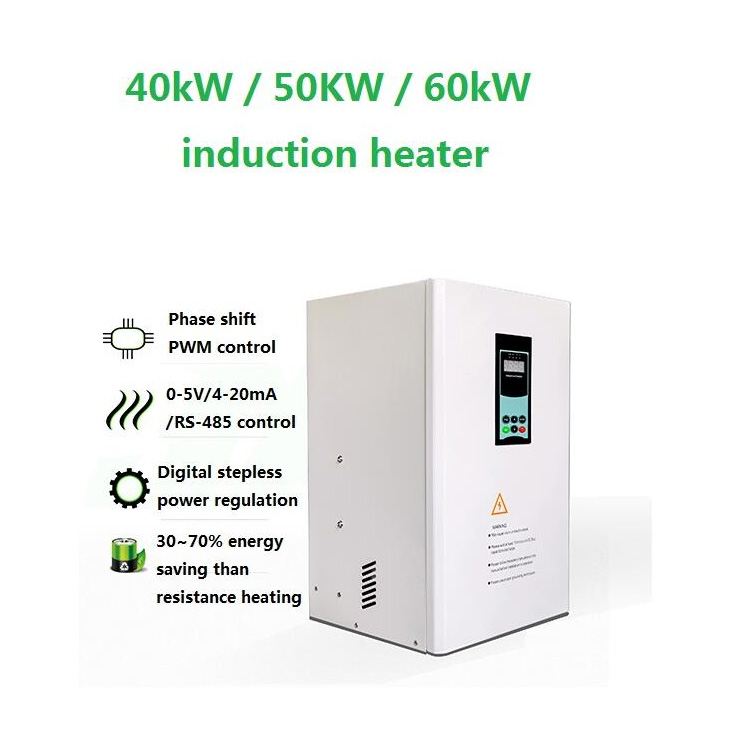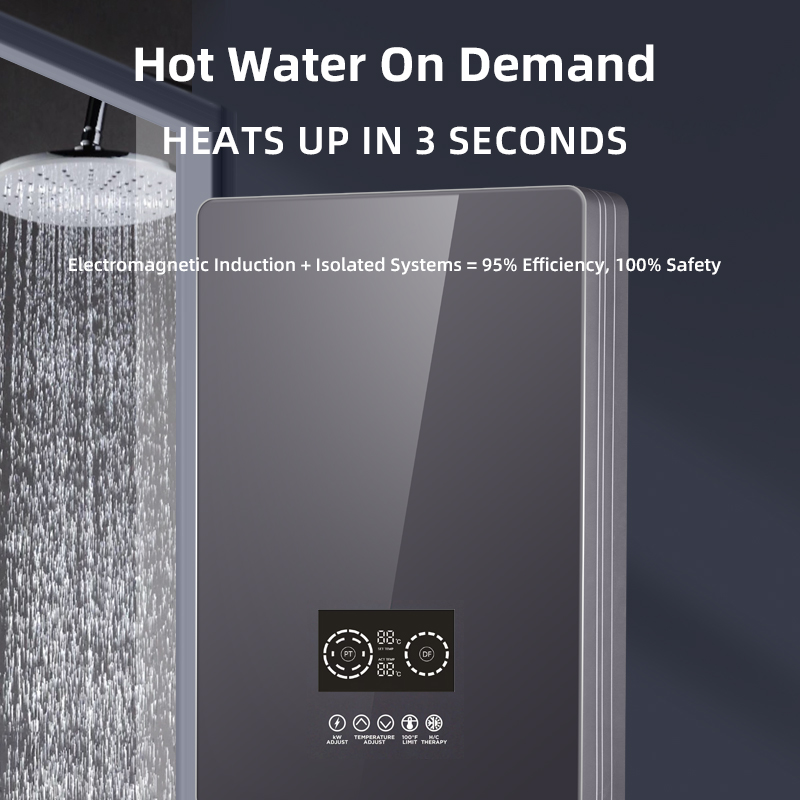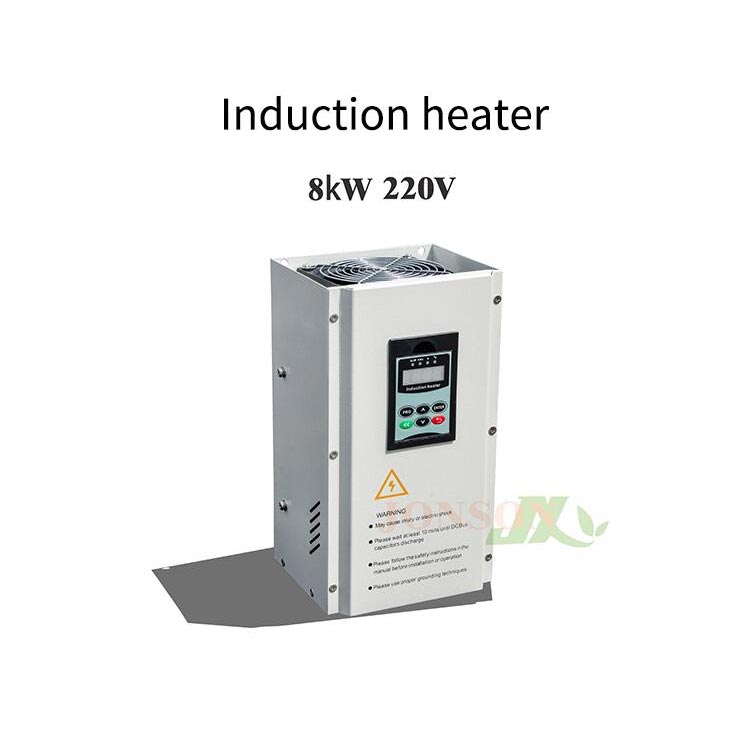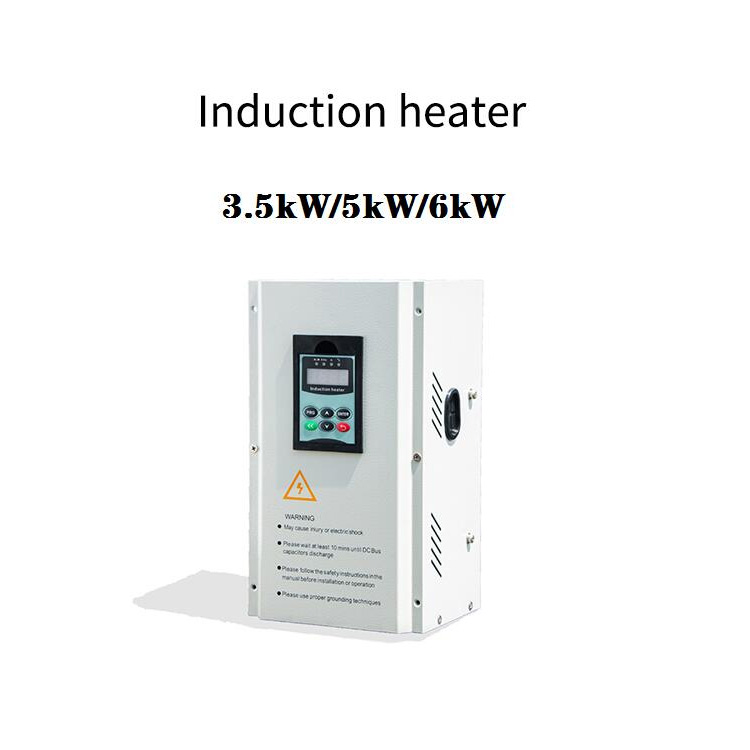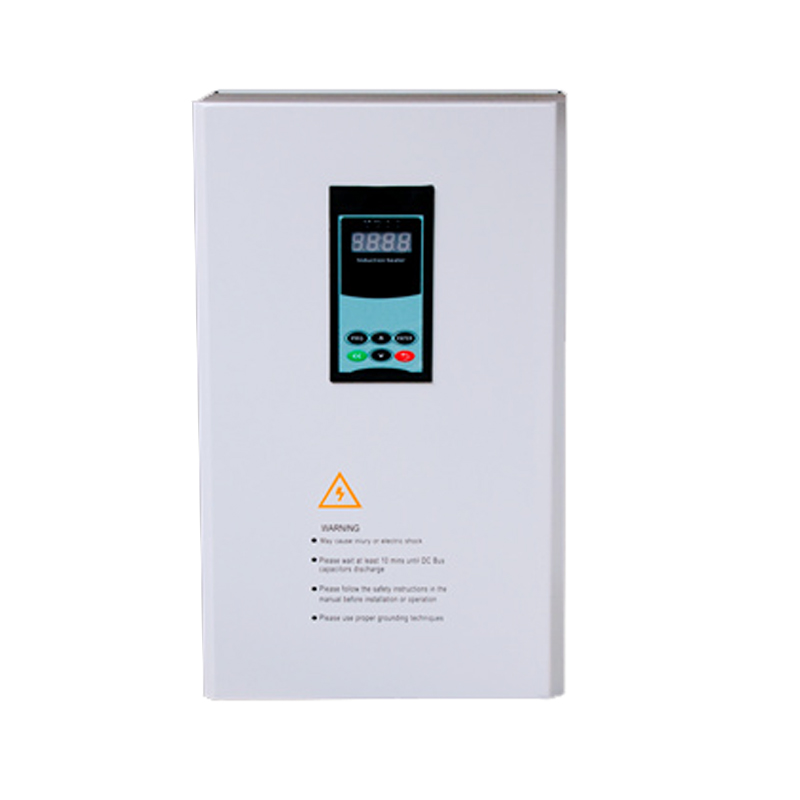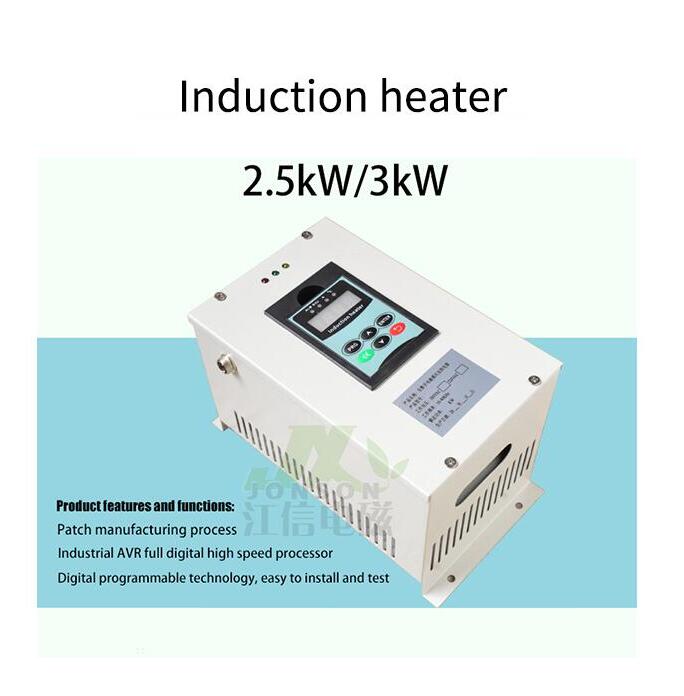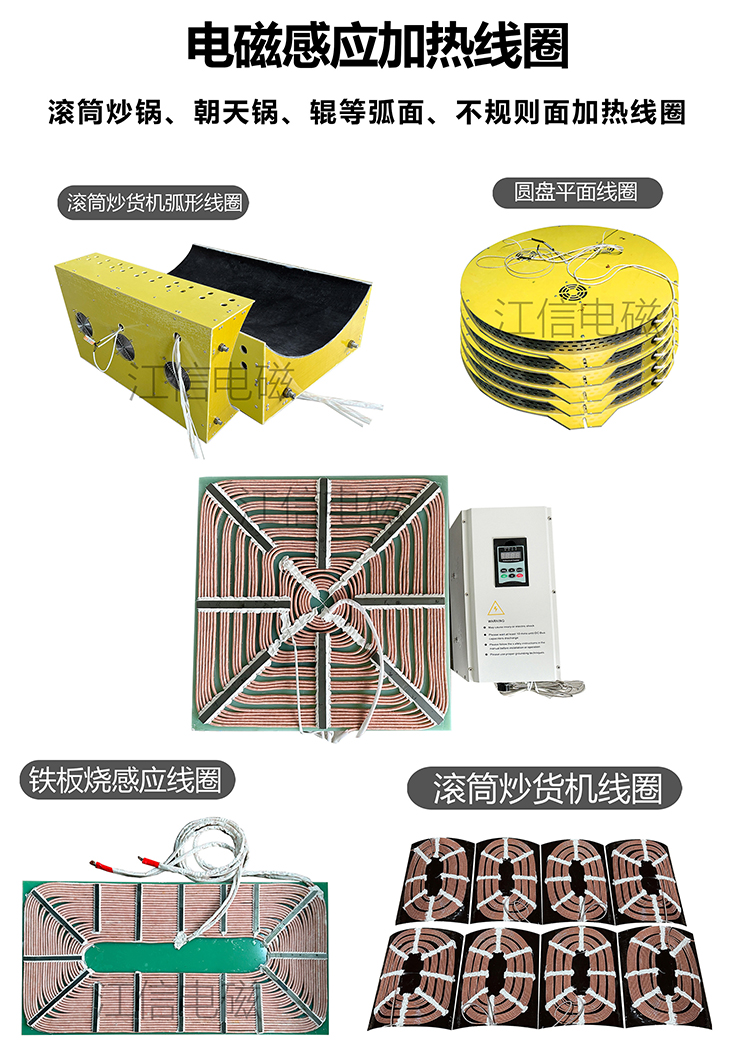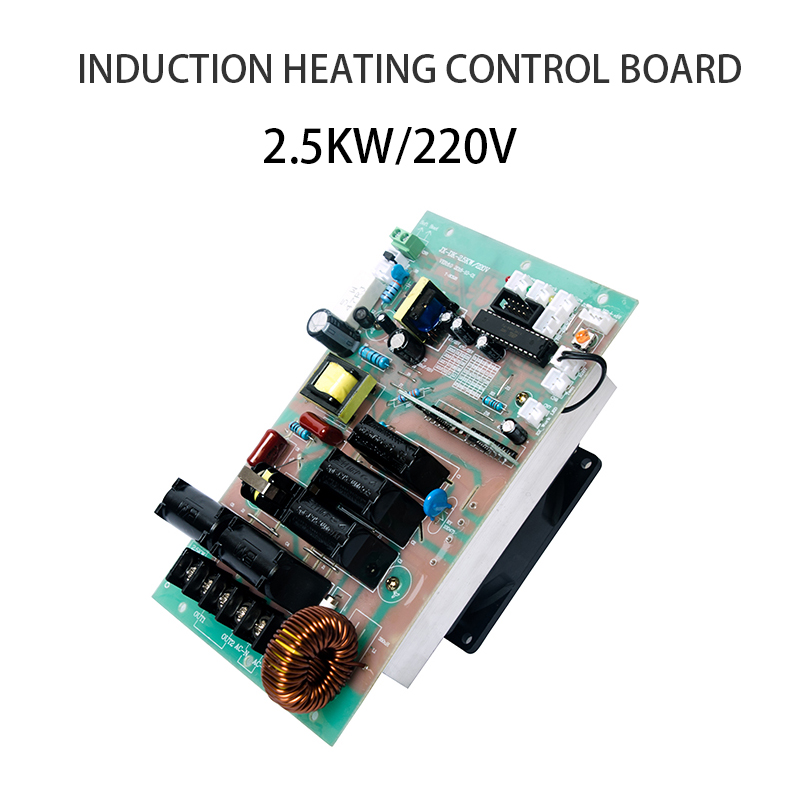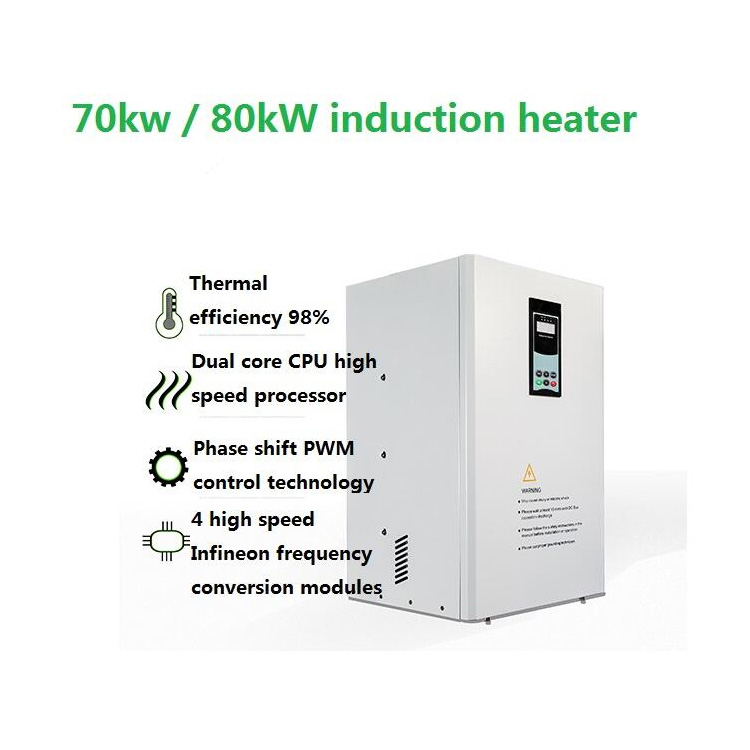In industrial assembly and maintenance processes, heating bearings is a crucial step that cannot be ignored. In the past, many enterprises still used traditional methods such as hot oil baths, electric heating plates, and flame heating, which not only consumed a lot of energy and had low efficiency, but also posed safety hazards. With the popularization of the concept of industrial energy conservation, bearing induction heaters, with their advantages of high efficiency, precision, safety, and energy conservation, are gradually replacing traditional heating methods.
So where exactly does bearing induction heaters save energy? How much energy can bearing induction heaters save? We conduct a systematic analysis from multiple dimensions.
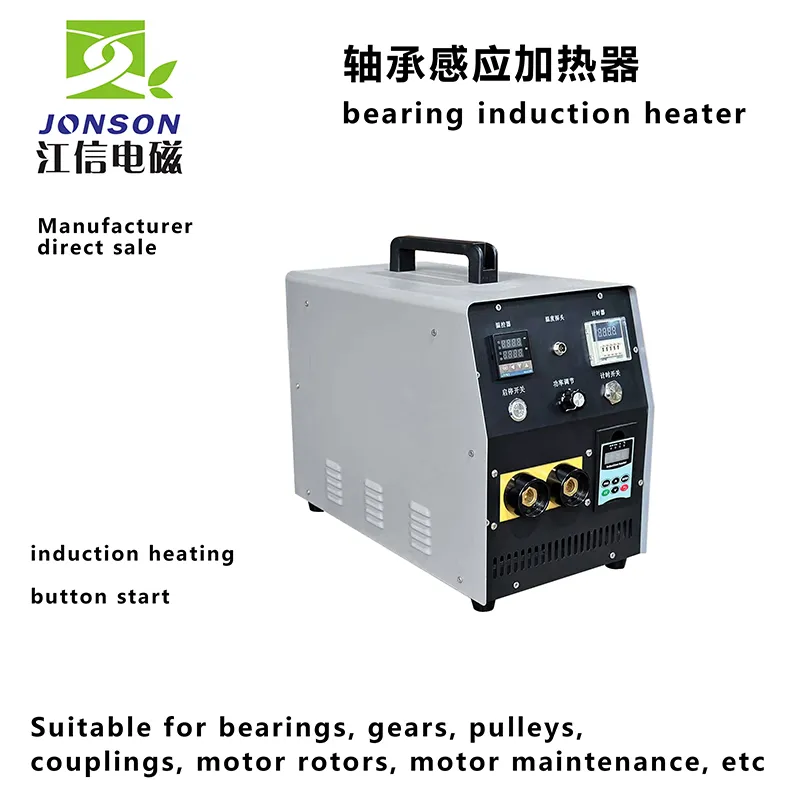
1. The fundamental difference in heating methods: Why is induction heating more efficient?
Traditional heating methods rely on heat conduction or convection, where heat first heats the medium and then transfers to the bearing, resulting in low energy utilization efficiency. While induction heaters use the principle of 91³Ô¹ÏÍø induction heating, high-frequency current generates a magnetic field in the heating coil, which induces eddy currents in the metal bearing, thereby self-heating - achieving a true "body heating, instantaneous temperature rise".
This means:
There is no intermediate heat transfer process, and the thermal efficiency can reach over 90%
The heating is fast, and bearing induction heaters can heat an 8kg bearing to above 100¡æ within 1 minute
The heat is concentrated inside the workpiece, reducing energy consumption significantly
2. Saving heating time and reducing power costs
The heating efficiency of induction heaters is typically 2-4 times that of hot oil baths and electric heating plates. Heating an 8kg bearing to 120¡æ:
Traditional method: 10-15 minutes, consuming approximately 2.5-3.5 kWh of electricity
Induction heater: 3-5 minutes, consuming only 1.0-1.5 kWh of electricity
If heating 50 bearings per day:
Traditional method: Monthly electricity consumption is approximately: 3750-5250 kWh
Induction heater: Monthly electricity consumption is only: 1500-2250 kWh
Savings of thousands of yuan per month, and over ten thousand yuan per year
3. Precise temperature control, avoiding waste caused by ineffective heating
Many enterprises in actual operation experience frequent occurrences of "overheating" and "delayed shutdown" due to human factors. Traditional equipment is difficult to precisely control. While induction heaters usually come with:
Digital temperature control system
Automatic induction stop function
Dual control of temperature and time
This not only improves heating accuracy but also significantly avoids energy waste.
4. No standby energy consumption, ready to use, no energy waste
Traditional equipment usually requires long preheating or insulation, even when there is no heating task, it will continue to consume energy. While induction heaters have the characteristic of "immediate heating":
No need for long preheating
Zero standby energy consumption for intermittent operation
More flexible and energy-saving when used in combination with multiple devices
5. Saving auxiliary materials and maintenance costs, indirectly reducing energy expenditure
Using induction heaters eliminates the need for:
Heating oil, open flames or liquid media
High-energy-consuming insulation devices
Cleaning oil stains or maintaining heating source equipment
Avoiding hidden energy consumption and maintenance costs caused by the volatilization, leakage or corrosion of heating media, which is a significant saving in the long run.
6. Energy-saving effect can be quantified: Real case reference
A heavy industry enterprise originally used a hot oil pan to heat bearings, with an average monthly electricity bill of 4,500 yuan. After switching to an induction heater, the monthly electricity consumption dropped to 1,700 yuan, saving over 30,000 yuan per year, and reducing the number of operators by 2, improving the overall assembly efficiency by approximately 40%.
7. Behind the energy-saving is the logic of sustainable industrial upgrading
In addition to saving electricity bills, what is more important is:
Low-carbon and environmentally friendly: smokeless, pollution-free, helping to control carbon emissions
Compliant with ISO energy-saving standards: facilitating energy audits and green certifications
Enhancing corporate image: responding to the national "green factory" policy, beneficial for bidding and financing
In conclusion: Choosing an induction heater is a win-win decision for cost control and value enhancement
The performance of bearing induction heaters in terms of energy efficiency is not only reflected in the obvious electricity savings, but also in the systematic improvement of efficiency, reliability, safety, and environmental protection. For enterprises that place great emphasis on quality and cost optimization, induction heaters have become indispensable key equipment.

